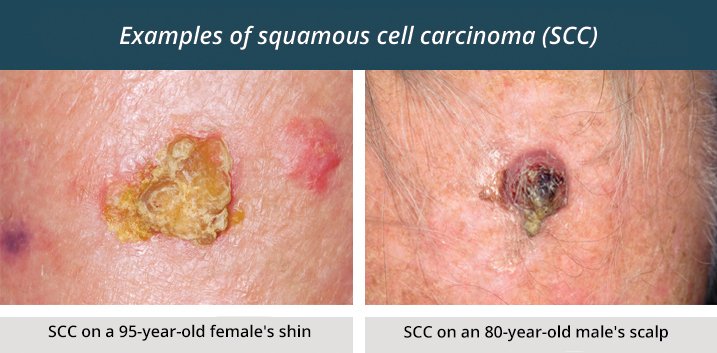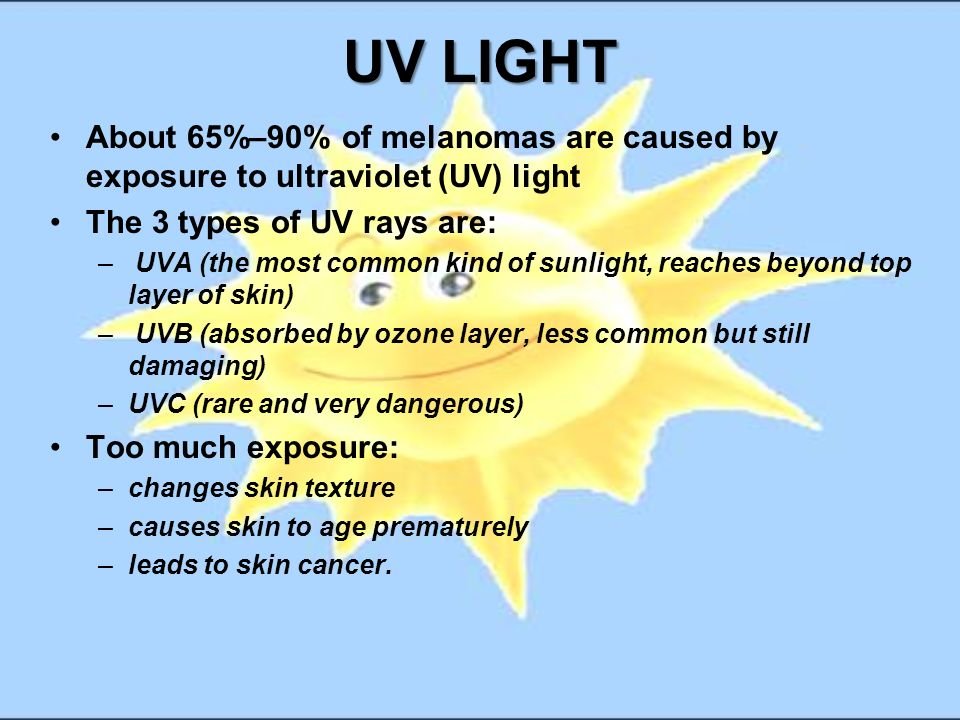In the medical term, squamous is the thickest layer of your skin a.
k.a the epidermis. The squamous cell layers are comprised of cells called Langerhans cells. Squamous Cell Carcinoma occurs when there’s an abnormal and rapid growth of unwanted skin cells/ squamous cells.

Squamous Cell Carcinoma is the second most common type of skin cancer throughout the world. Doctors call SCC (squamous cell carcinoma) mostly as cSCC because ‘ c ‘ stands for cutaneous; on the surface of the skin.
CSCC basically differentiates between other sorts of internal cancers and this; original squamous cancer.point 92 | The worst thing about this cancer is that it doesn’t just stay on the skin, this type of cancer can spread to tissues, bones, and lymph nodes.point 214 |
When it is in its initial states i.point 28 | e the skin layer, epidermis, it can be cured easily.point 71 | But when Squamous Cell Carcinoma reaches the lymph nodes or bones and even tissues, it gets harder to eliminate it from the body and cause much damage ultimately resulting in death.point 222 | 1
So let’s talk about why does this cancer occurs and how can we prevent it if there’s away. There are so many explanations for this but the most important ones are discussed below.
Reason of Squamous Cell Carcinoma

com
The most common reason for Squamous Cell Carcinoma is too much exposure to the sun directly.point 80 | This is why nearly all cancer doctors and experts tell you to always wear sunscreen when going out in the daylight.point 175 | Too much exposure to ultraviolet rays by the sun and even other damaging agents trigger the changes in your body, esp in the skin, causing abnormal ruptures and accelerated changes in your squamous cells hence the skin.point 358 | 1
Although your squamous cells keep shedding as they’re the top layer of your epidermis, sometimes the excessive sun can enhance the rupture of these cells.
Symptoms of Squamous Cell Carcinoma
There are so many apparent factors that will tell you if you have SCC. But remember, it’s always a good idea to visit your doctor in person instead of reading things online and assuming you have it. Because if you start to believe symptoms and pictures of people online and think you have the same disease, you might kill yourself with worry first instead of the disease itself killing you.
However, there are some common signs and symptoms which we can see with our bare eyes because this cancer is called a ‘surface’ cancer. If you detect any condition below in you, it’s time to pay a visit to the doctor!
a) Patches on any certain area of your body
Your skin will start having patches (or a certain area of your arm or leg or even your face will have red scaly patches.) Depending on where the disease is.
b) Thickening of your skin
Your skin might look thickened, wart-like, and rough with quite depressions that you may first consider scars of some sort.
c) A lot of itching and bleeding
Sometimes the SCC can start itching and bleeding. These sorts of lesions arise in the areas of your body which is mostly exposed to the sun.
What are treatment chances?
So the question arises, is there any chance of your survival if you have SCC? Well, of course, there is! You just have to be patient and let the doctors do their procedures.point 285 |
There is no disease in the world with no cure.point 37 | Some we find later, others are always there.point 74 | So be hopeful and don’t hesitate to get treatment.point 122 | 1
Some bitter facts about SCC
SCC cases are diagnosed in more than 1 million people every year. And that makes it 115 people every hour of the day! SCC cases have increased by 200% more in the past three decades.
